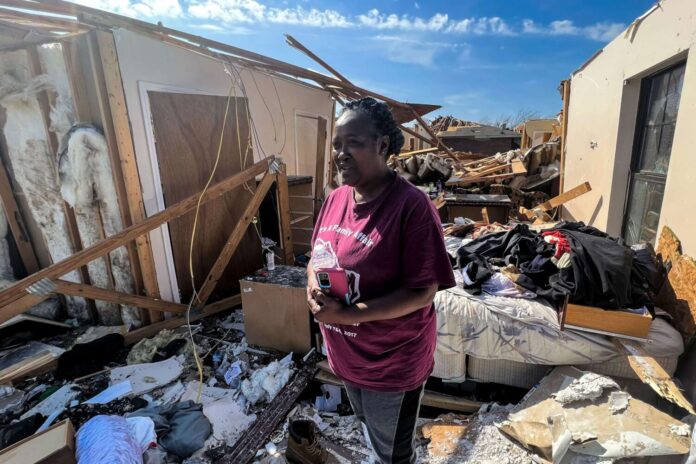
Imagine a scenario where a devastating natural disaster strikes your community. This leaves you and your loved ones in a state of chaos and distress. Access to necessities such as electricity and fuel becomes scarce, hindering rescue and recovery efforts.
This is where the concept of energy resilience comes into play. Energy resilience is the ability to withstand, adapt, and quickly recover from disruptions in energy systems. In times of disaster, having a resilient energy infrastructure can make all the difference in minimizing damage and saving lives.
In this blog post, we will explore the importance of energy resilience and its role in safeguarding our communities during times of crisis. Read on.
Understanding Energy Resilience
Energy resilience(ER) refers to the ability of a system or organization to withstand, adapt to, and rapidly recover from interruptions in energy supply. This ranges from a single building to an entire city or country. It is the bedrock that empowers continuity in:
- operations
- healthcare
- communications
- daily life
This is when conventional energy sources falter. This is often during a natural disaster.
Why It Matters
An energy-resilient system ensures that critical services remain operational, protecting life, property, and the broader economy. The resilience of our energy infrastructures underscores the resilience of our communities.
It also reflects an organization’s commitment to social and environmental stewardship. It demonstrates preparedness to support communities in distress.
The Nexus Between Energy and Disaster Management
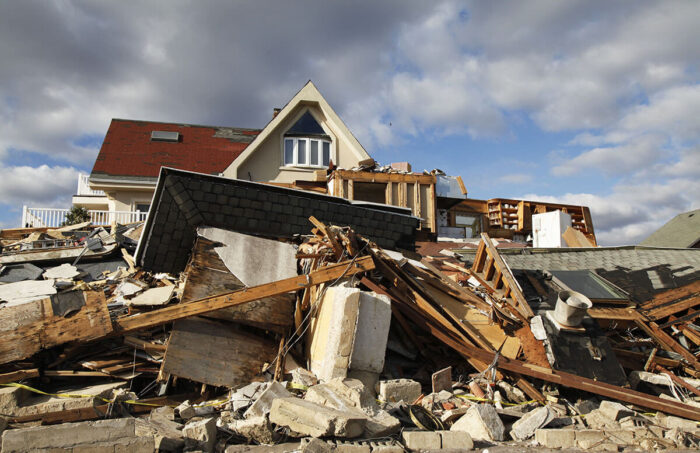
Natural disasters can swiftly cripple energy supply lines. These are such as:
- hurricanes
- earthquakes
- floods
With these disruptions, reliable access to energy becomes a determining factor in post-disaster activities. These include:
- rescue operations
- medical care
- the restoration of community services
Energy as the Twin Pillars of Recovery
In the aftermath of a disaster, the restoration of energy is often the first and most critical step in the recovery process. Electricity and fuel are the lifeblood of essential services.
Getting these back online can significantly expedite recovery efforts. Energy security can be maintained even during large-scale outages. This is through microgrids and alternative energy sources.
Building Resilience Into Infrastructure
With ER taking center stage, all levels of infrastructure need to be reviewed and designed with resilience in mind. Starting from the ground up.
It’s important to add design principles that enhance their ability to withstand and recover from energy disruptions. This is for both new and existing infrastructure.
Key Strategies for Infrastructure Resilience

There are a few of the strategies that can solidify an infrastructure’s ER. These are:
- integrating renewable energy
- implementing smart grid technologies
- establishing backup power solutions
Building and retrofitting structures to be more energy-efficient can minimize the impact of energy disruptions. It also increases self-sufficiency.
It can also be helpful to consult an expert in these areas. To find solar in your area or any other renewable energy source is the first step to energy independence.
Business Continuity and Energy Resilience
For businesses, maintaining operational continuity during and after a disaster is a matter of survival. ER guarantees that businesses can stay afloat during an emergency. It also lays the groundwork for disciplined energy management and cost savings.
Mitigating Risks and Protecting Investments
Investing in ER measures is a direct means of risk mitigation. It safeguards assets and secures the trust of stakeholders.
It is also an avenue to innovate. This is with companies that focus on resilience often discovering efficiencies. It also leads to creating competitive advantages in the market.
Energy Resilience at the Community Level
Community ER is a collective effort. It involves:
- coordinating resources
- crafting policies
- educating citizens
This is with the topic of the importance of preparedness. Through community resilience, the social fabric can be strengthened. This ensures that no one is left behind in times of distress.
In times of disaster, having a resilient energy system is crucial for the survival and recovery of a community. It ensures that essential services like:
- hospitals
- emergency services
- communication systems
continue to function, enabling swift response and recovery efforts. A resilient energy system can also reduce the impact of disasters, mitigate the effects of climate change, and enhance the overall resilience of a community.
The Path Forward for Enhanced Resilience

In moving towards a more energy-resilient future, there are several roadmaps that organizations and nations can follow. These pathways are marked by technological advancements and policy shifts. It also includes a growing recognition of the interplay between:
- energy resilience
- sustainability
- social equity
Innovations Driving Resilience
Technology is a key player in enhancing ER. Innovations are revolutionizing the way we manage and distribute energy. These are such as:
- battery storage
- advanced monitoring systems
- the internet of things (IoT)
These technologies are creating more robust and adaptive energy infrastructures that can better withstand the shocks of disasters.
Policy Pivots Toward Resilience
National and regional policies are also pivoting to prioritize ER. Incentives and regulations that encourage the adoption of resilient technologies. This includes funding for research and development, which are becoming more common.
Such policies are beneficial for disaster recovery. It is also for reducing emissions and combating climate change.
The Role of Education in Promoting Resilience
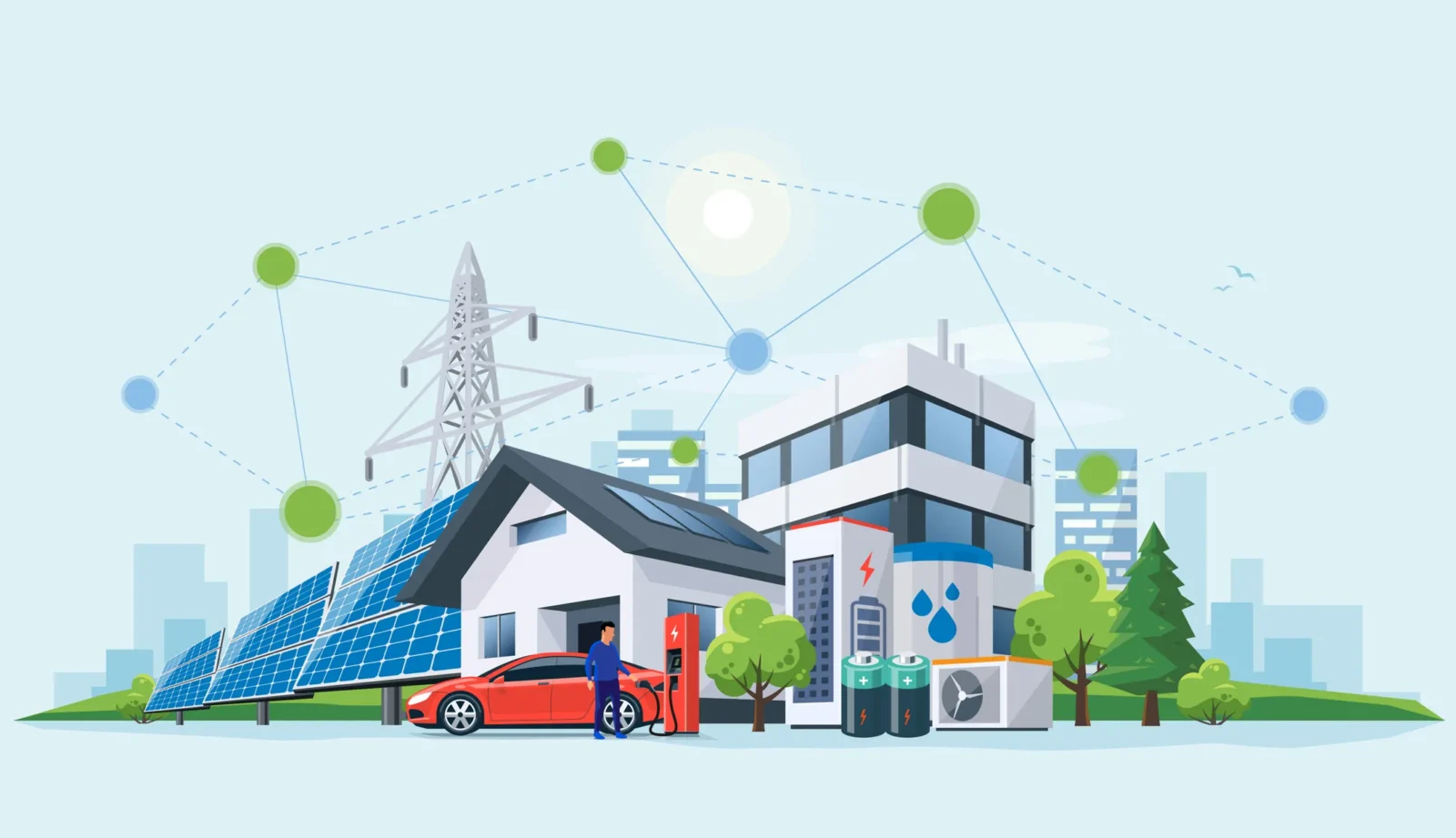
Education and awareness are crucial in fostering resilience. Communities can become more resilient. This is by empowering citizens with the knowledge and tools to prepare for and respond to energy disruptions.
This can take the form of:
- emergency training
- public service announcements
- educational programs in schools
Case Studies of Resilience in Action
The best testament to the impact of ER is found in the stories of communities and businesses, which have faced disasters and emerged with their energy supply intact. Case studies from around the world can serve as models for what is possible and inspire others to take action.
Highlighting Success Stories
Examining case studies, from the use of renewable microgrids to community-based energy programs, showcases the tangible benefits of ER.
These success stories demonstrate that with the right strategies and investments, resilience is achievable. It also can offer long-term rewards.
The Economics of Resilience
While the upfront costs of building ER can be significant, the long-term economic benefits make it a sound investment. The economics of ER are compelling. This is from reduced damage and loss during disasters to lower operational costs and increased market value.
The Cost of Inaction
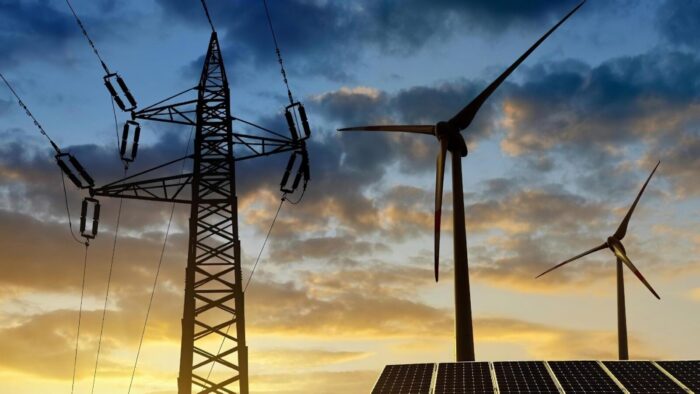
Disasters can be financially crippling. This is with recovery costs often far exceeding those of preparedness and mitigation.
The economic argument for ER is clear. This is because while there are costs associated with building and maintaining resilient infrastructure, the cost of inaction is much greater.
Demonstrating ROI in Resilience
Organizations can demonstrate the return on investment (ROI) in ER through a variety of metrics. These are such as:
- reduced downtime
- energy savings
- enhanced reputation
By quantifying these benefits, it becomes easier to justify investments in resilience and to secure funding for such projects.
Integrating Resilience into Long-Term Planning
Strategic planning is the compass that guides organizations toward ER. By incorporating resilience into long-term planning, businesses and communities can ensure that their efforts are focused. And that they are prepared for whatever the future holds.
The Role of Resilience in Sustainability
ER and sustainability go hand in hand. Resilient energy systems are often more efficient and produce fewer emissions. This aligns with broader sustainability goals.
Organizations can create a more holistic and impactful strategy for the future. This is by integrating resilience into sustainability planning.
Public-Private Collaboration for Resilience
Collaboration between the public and private sectors is vital for effective resilience planning. Public-private partnerships can leverage the strengths of both sectors. This is to develop comprehensive strategies that address the needs of the community.
Governments and businesses can create a more resilient energy landscape. This is by working together.
The Humanitarian Imperative of Resilience
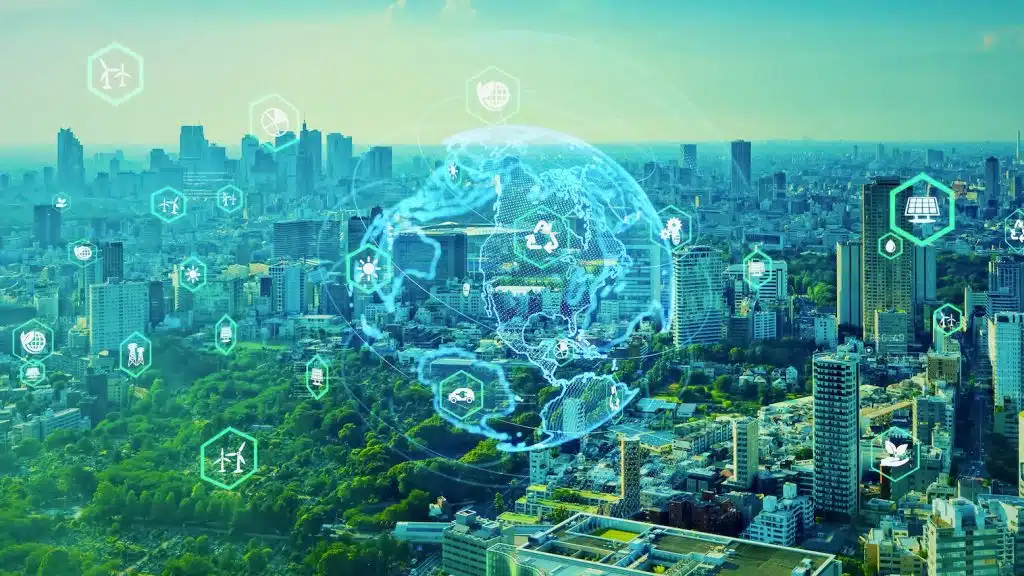
Ultimately, the call for ER is a call to protect human life and well-being. By ensuring that energy remains available during and after disasters, we can:
- reduce suffering
- save lives
- support the rebuilding of communities
This humanitarian imperative underscores the importance of resilience. This includes the urgency of our collective action.
Resilience as a Moral Responsibility
In a world where the impacts of climate change and natural disasters are all too real, resilience is a moral imperative. It is our responsibility to future generations to leave them a world where communities can endure and thrive in the face of adversity. By committing to resilience, we honor this responsibility.
Empowering Communities Through Resilience
ER empowers communities to take control of their future. Communities can ensure that they have the tools they need to recover from disasters. This is by securing access to reliable energy.
This includes to build a better, more sustainable world. It is through these empowered communities that the true promise of ER is realized.
Start Planning for Energy Resilience Today
In conclusion, energy resilience is a critical aspect of disaster preparedness and recovery. It ensures the availability of vital necessities like electricity and fuel during emergencies.
It also plays a crucial role in the overall stability and speed of recovery efforts. As we continue to face more frequent and severe disasters, we must prioritize and invest in ER measures.
Together, we can create a more resilient and sustainable world for ourselves and future generations. Are you ready to be a part of this change? Join the ER movement today.
If you want to read more articles, visit our blog.
















